
Your Beginners Guide to Recycling
The plastic pollution crisis is a plague to our planet. Today, human waste litters almost every corner of the Earth. From the deepest spaces in the sea to the summits of Mount Everest, evidence of our carelessness is seen everywhere.
While the matter seems almost hopeless, hope is not lost entirely. Many actions can be undertaken to mitigate the harmful effects of our waste – one of which is recycling.

Credit: Tim Mossholder, Unsplash
What is recycling?
Recycling is the system or process of taking already-used products, such as plastic bottles or containers, and stripping them down to their bare materials in order to reproduce new objects.
Recycling can be an extremely efficient way of managing both our domestic and commercial waste, but it’s important to remember that it is the last order in the familiar phrase, ‘Reduce, Reuse, Recycle.’ Always follow through with the first two actions and turn to recycling as a last resort.
The benefits of recycling
There are myriad advantages to recycling, both on an individual and global level. Not only will you save space in your rubbish bag by reducing your waste, which in turn saves landfill space, but you will also feel better about your contribution to the wellbeing of the environment.
Below are a few of the key benefits of recycling:
- Recycling ports and sorting centres create jobs and help bolster the economy.
- Dramatic decrease in pollution around the planet.
- Saves the overuse of natural and finite resources.
- Saves electricity, fuel, and water as the reusable material does not need to be made from scratch.
Promotes brands and companies who work with the health of the planet at heart and encourages more businesses to do the same.
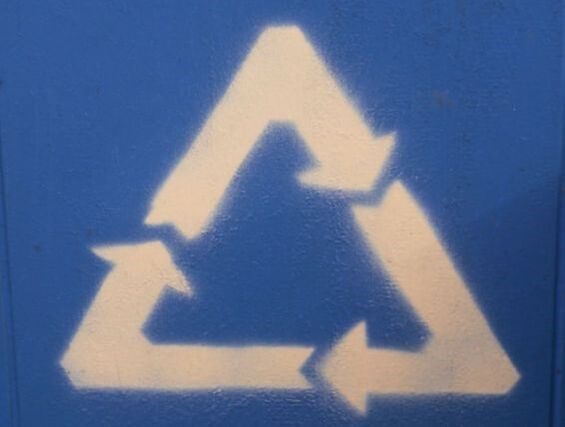
Credit: James Lee, Unsplash
The recycling process
The system of recycling can be easy or extremely complex depending on the type of material being processed.
As mentioned before, there are two groups of recycling: domestic and commercial. Domestic is considered as common objects and waste materials we deal with in our daily lives, whereas commercial refers to large production companies such as mining and medical waste.
Once the recyclable waste items reach the centre, they are sorted into categories based on their plastic levels. In some cases, products are placed on a converter belt where a magnet attracts all metals and separates them from plastics. Once categorised, the product is stripped down to its bare and raw material form. The leftovers are melted down into remouldable structures, ready to be used again.
While this system seems simple and effective enough, it can prove complicated. Local waste management companies therefore charge high rates for the sorting, stripping, and melting process and, as a result, many of our ‘recycled’ items don’t end up going through the operation.
To shift this common occurrence, we as consumers hold much of the power. We firstly need to reduce our demand for newly-made packaged products and instead increase our global demand for items that come in only recycled packaging.
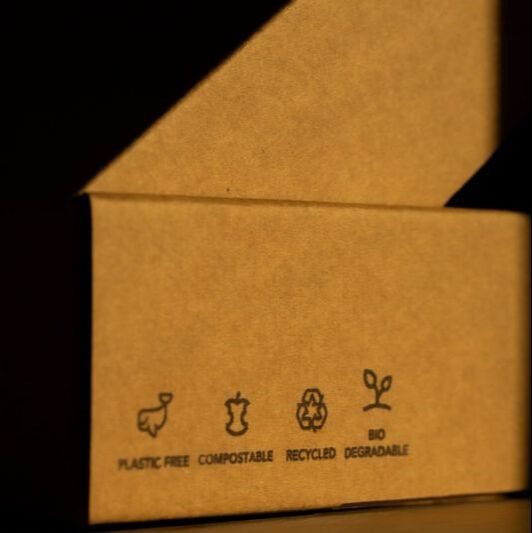
Credit: Marcell Viragh, Unsplash
What can be recycled?
You’d be surprised how many items can be recycled. However, the ease of recycling is determined by the materials that make up the product.
For example, plastics come in levels ranging from one to seven, with one being the easiest to recycle. More often than not, a level seven plastic is too complex to recycle or there is no demand for a level seven plastic material and it often gets dumped into a landfill. It’s therefore of the utmost importance that we understand the different levels and separate our recycling into similar labeled groups.
Below is a graphic outlining the various different plastic levels:
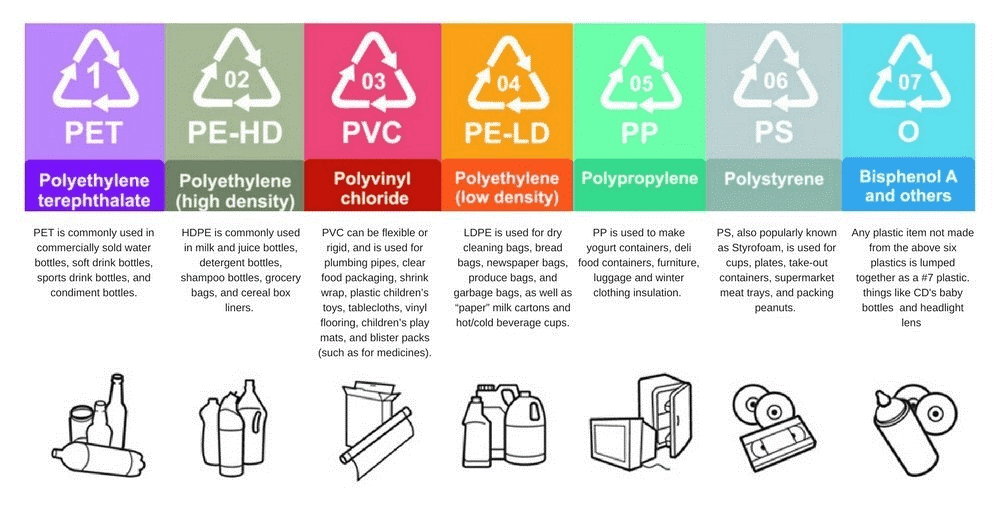
Source: HelioRec
NOTE: You can determine the level of plastic an item is by searching for the indented sign, usually located on the base of the product.
If you’d like to learn more about plastic, read our post here.
There are some universally and generally accepted recycling items. However, some recycling centres only accept specific materials. It’s therefore important to check your local recycling deports guidelines before you begin.
Here is a list of generally accepted recyclables:
- Plastic beverage bottles
- Glass bottles
- Cardboard boxes
- Magazines, mail, and newspaper
- Steel, aluminum, and tin cans
- Plastic containers and single-use wrappers
Rules for recycling at home
Now that we’ve been able to glean a deeper understanding of the recycling process, we can begin unearthing the recycling guidelines for home systems. There are some significant things to keep in mind to ensure your waste management doesn’t go to waste itself.
- Clean all recycling items before recycling. Any food residue, such as oil, can deem an object unrecyclable.
- Separate all materials. This even means the different types of materials that make up a single product. For example, a plastic bottle is a type 1 plastic, but the lid is a type 3. Remove the lid from the bottle and place it in a separate category.
- Only add what you know can be recycled in your country. Putting random items in your recycling pile can contaminate the whole lot and render it unusable.
- Always crush your products before adding them to your recycling bag or container. This helps save space for more items and will lessen the load on your side.
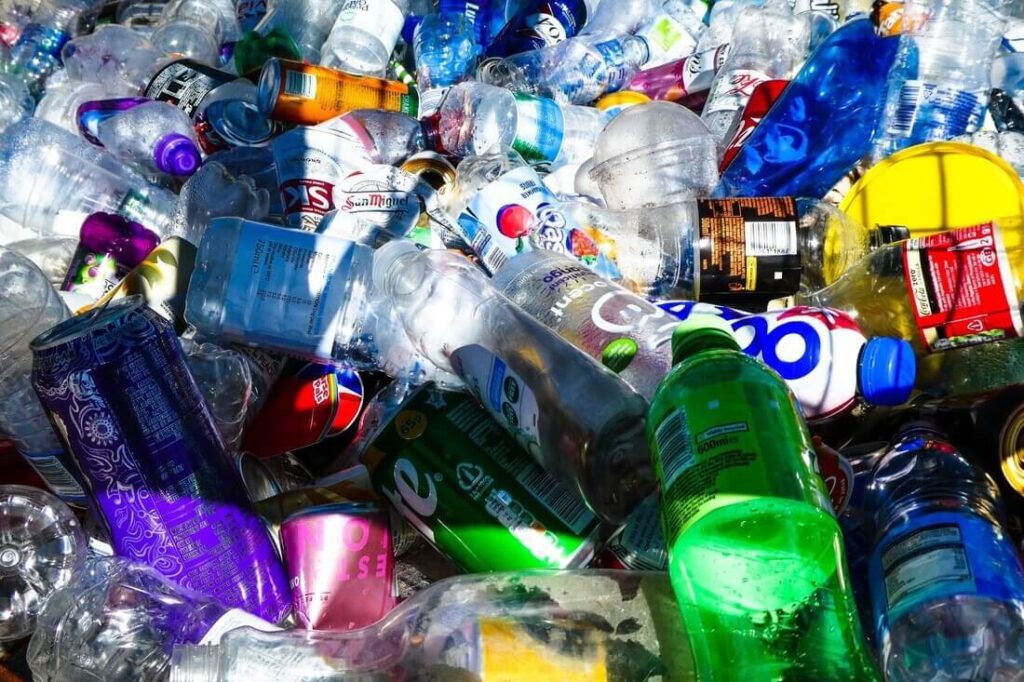
Credit: Nick Fewings, Unsplash
Contrary to popular belief, you cannot recycle your goods by tying them up in a plastic bag and trusting that the bag itself will be recycled too. That plastic bag will have to be re-sorted in the recycling port, and more often than not, will still end up in a landfill laying waste to the earth.Rather, reduce your consumption of plastic bags by purchasing a reusable bag for your shopping. If you do buy a plastic bag, reuse this plastic bag as much as possible before disposing of it.
Pro Tip: Keep your reusable bag in your car or sitting next to your front door so you don’t forget to grab it on your way out.
Plastic Bottles
Plastic bottles are one of the easiest recyclable goods. However, the lid of these bottles are not. Made from polypropylene, the caps melt increasingly faster than the bottles themselves, and when recycled together, often contaminates the plastic bottle and renders it useless for recycling.
Instead, remove the bottle cap and crush the bottle as much as possible. This will not only give you more space in your rubbish bin, saving an extra black bag, but will also aid in the recycling process when handed in.
You can, however, recycle the caps separately, which will be grouped together in the recycling port and managed separately and more efficiently.

Credit: Jonathan Chng, Unsplash
Luckily, glass is also one of those fabulous items that can be recycled and made into various other container goods. However, there’s still a certain way to recycle glass.Always colour code your glass items when recycling. The greens stick with the greens while the clears get a whole separate box to themselves.
Unfortunately, glass derived from mirrors or crystals cannot be recycled, so take care of those items!
Metals
Cans, which are made up of aluminium, are 100 percent recyclable. Much like with plastic bottles, compress your cans when you prepare them for recycling.
Metals also include foil and trays – yes, these can be recycled! Just ensure that they’re as clean as possible without residue from oil as risks contaminating all the recycling items being sorted.
Coffee Cups
Purchasing coffee from a café is great, but the cups are not. Despite seeming to be made entirely of cardboard, these takeaway cups often contain a thin layer of plastic around their centre body to keep the cups waterproof.
While some may be recyclable, we must remember to always reduce before hitting that recycling button.
Another alternative comes in the form of a reusable cup. Many are made of bamboo and can be cleaned and made good as new even after a few uses. These are sold at many coffee shops and often these coffee shops will give you a discount on your coffee when bringing your own cup.
Pro Tip: Keep your reusable cup in your car at all times, in case you forget it at home and have to use a disposable cup when ordering your next drink.
Pro Tip: When ordering a coffee from a take-away cup, ditch the attachable lid. It’s made purely of plastic and you will be able to navigate to your next destination without spilling your entire coffee – trust me, if I can do this, so can you.
Styrofoam
Styrofoam, or expanded polystyrene, comes in the form of chip packets and many disposable food containers that are made from multiple layers of polymer materials.
Styrofoam is extremely hard to recycle as the material is flammable and can be contaminated easily.
Some recycling stations have specific drop-off centres that accept styrofoam, but the best bet to save the environment from this devastating material would be to avoid buying products that come in styrofoam packaging altogether.
This may seem daunting, but there are alternative products that use eco-friendly packaging and may change your perspective on mindful consumerism. Examples include but are not limited to MicroGREEN and EarthAware packaging, who use plant-based material. But with more research conducted every day, many more alternatives are being discovered.
Hazardous Waste
Ignitable, toxic, and reactive chemicals sit inside many of the items we use today. Paints, batteries, pesticides, and cleaning products just to name a few. These are incredibly harmful to the natural environment.
Luckily, many of these items can be recycled. It’s a long, complicated process, but where there’s a will, there’s a way.
There are many drop-off centres and recycling ports that accept these hazardous leftovers, and the best thing to do is separate them by item. For example, keep only the batteries together while grouping the cleaning products separately.
The other option is – you guessed it – reduce. Try diluting your cleaning agent with water to make it last longer, using less and prolonging your next buy. Next time you need batteries, purchase rechargeable batteries so a one-off use is not even in the question.
Then, there’s always an alternative. Swap out your general cleaners for a more eco-friendly inclined brand.
Pro Tip: Look up online how to make your own cleaning agents! Some ingredients include baking soda, lemon juice, vinegar, and your favourite essential oils.
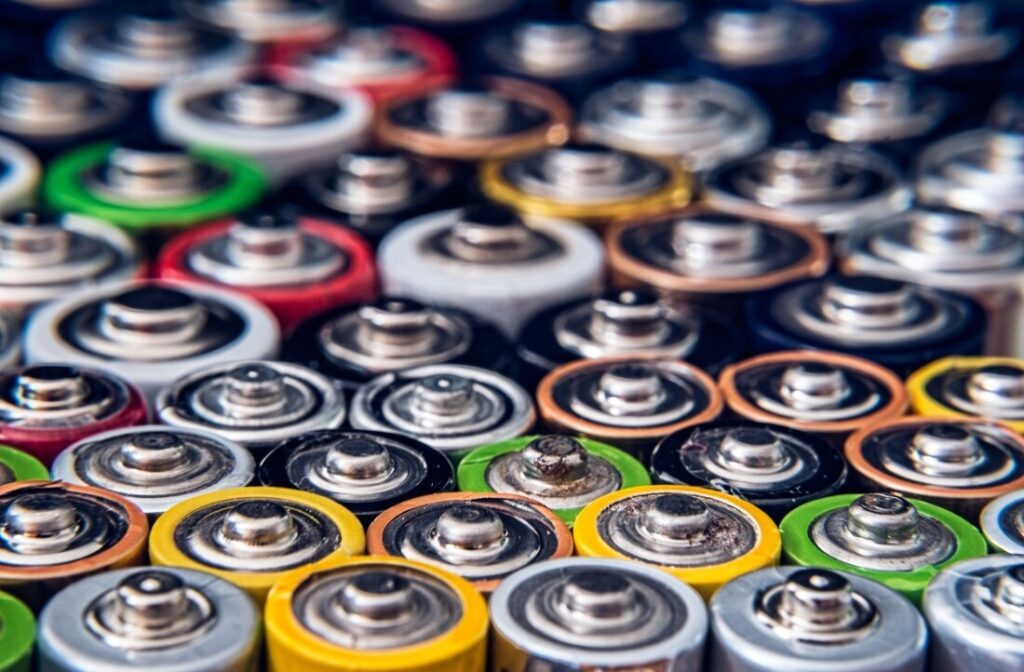
Credit: Roberto Sorin, Unsplash
Food Waste/ Organic Waste
Generally, households pack about 215 kilograms of food scrap and waste a year. That’s an incredible amount of edible products that are simply being thrown with the rest of the garbage. But there is so much you can do with your food waste that can not only help you but also aid in the betterment of the planet.
Sending your food waste off with your trash means it will end up in a landfill, taking up space and releasing the vile methane gas that contaminates the atmosphere. Instead, if you have space, why don’t you start a compost heap? It is one of the easiest, hands-free ways to help save the planet.
To start a compost heap, all you need is a large bin, bucket, or tub placed outside or stored away if kept indoors. This is what you can throw into your compost system:
- Greens: Fruit, veg, and coffee grounds are ideal for composting as it enriches the soil.
- Browns: Dead leaves and fireplace ash make suitable members of the compost heap.
- Papers: Newspapers, cardboard, and regular pieces of paper can be added to the mix.
- Leftovers: Teabags and eggshells can be composted with the rest of the ingredients to make up a healthy load of soil for repurposing. DON’T throw in your meat. It will attract pests and take longer to break down. Rather, keep it as organic as you can.
If you’d like to learn more about composting or are looking to begin your own compost heap, read our Ultimate Guide to Composting here.
Pro-Tip: If you don’t have enough room to incorporate a large compost dome, why don’t you take your food waste to a local farmer! They will be thrilled to receive the extra nutrients for their hard-working soil and you’ll be getting rid of your waste in the best possible way.
How to start recycling
You really don’t need much to begin your at-home recycling system. To begin, find a few containers like small bins or crates. Label each according to material, such as level one plastics or tin cans only. As you move through your day, clean your recyclable waste objects, separate them, and store them in the correct bin/container. Once you’ve gathered enough recyclables, take them all to your local and nearest recycling centre! It’s as easy as that!
Next Steps
Now that you’ve gained a deeper understanding on the recycling process and how to start your own system at home, here are the next actions to take:
- Read up on our composting guide to begin reducing your food waste.
- Learn all about plastic and how to reduce your plastic consumption.
- Always reduce and reuse first. Here are 15 ways to repurpose common waste objects.
- Subscribe to Ecofoote for all your sustainability resources!
Reference List:
Enviro Inc, Ultimate Guide to Recycling




